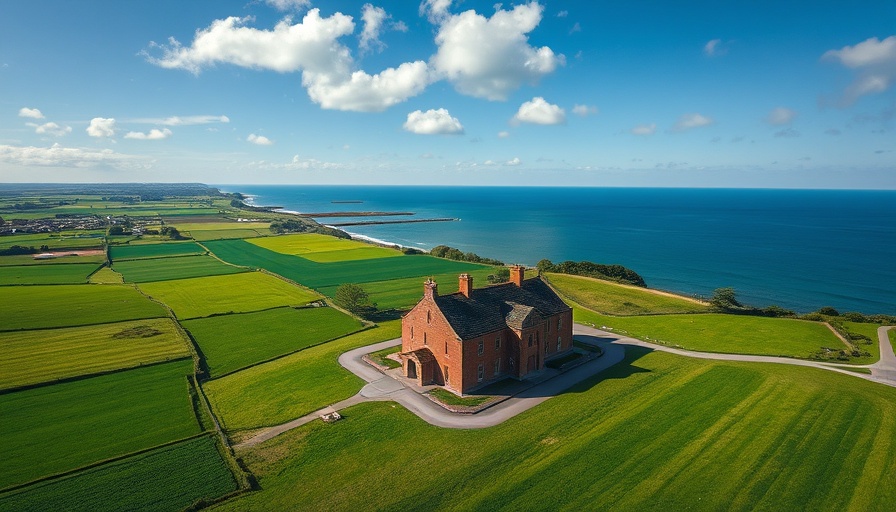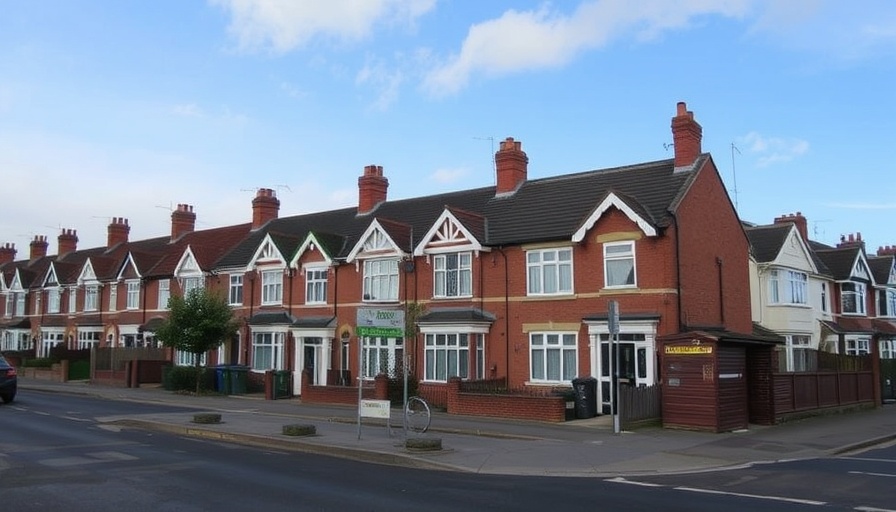
Revitalizing Heritage: The £24m Transformation of a Historic Hospital
A £24 million loan secured by Close Brothers Property Finance is set to breathe new life into one of East Sussex's most iconic landmarks—the former headquarters of Blind Veterans UK. This Grade II listed building, nestled on the beachfront in Ovingdean, will be transformed into 64 spacious apartments, catering to buyers seeking an elegant blend of modernity and heritage.
From Rehabilitation Centre to Luxury Living
Originally constructed in the 1930s as the first purpose-built rehabilitation center for vision-impaired ex-servicemen and women, the building is steeped in history. Its unique design, intended to resemble an airplane, served a vital purpose during wartime, remaining visible to RAF pilots above. As Blind Veterans UK migrates to a more modern facility, developers are keen on retaining the building's rich heritage while adding contemporary amenities. Features such as a 20m indoor swimming pool, state-of-the-art gym, and a communal cinema room will cater to the leisure of future residents.
Preserving the Past: Integrated Design and Modern Comfort
The redevelopment plan showcases a commitment to preservation with the retention of historical elements like original Braille handrails and beautifully maintained gardens designed by a Chelsea Flower Show Gold Medallist. Such careful attention to both historic and aesthetic details could set the new apartments apart in a competitive market, with prices ranging from £350,000 to £1.5 million.
Future Trends in Property Development Financing
This project aligns with growing trends in property finance where historical buildings are repurposed, preserving cultural heritage while addressing contemporary housing demands. As Clara Stevens from Close Brothers notes, "This kind of building demands the very best in terms of restoration," emphasizing that developers like the James Taylor Homes Group are crucial to realizing such high-profile schemes.
The Community Impact on Local Markets
The clever integration of modern living within a historical structure is likely to attract diverse buyers, sparking renewed interest in the local property market. The strong pre-launch interest documented indicates a robust demand for properties that offer both exclusivity and accessibility to historical charm. As potential buyers queue up, this redevelopment signifies not just an architectural transformation, but also a revitalization of the local community, offering new residential and recreational opportunities.
Ultimately, this redevelopment is poised to influence future property investments and renovation projects in the UK, especially in preserving historical buildings while meeting modern housing needs. For property owners and investors, this case exemplifies how renovation can yield returns beyond mere financial metrics—fostering community growth and preserving cultural identity.
 Add Row
Add Row  Add
Add 





 Add Row
Add Row  Add
Add 








Write A Comment